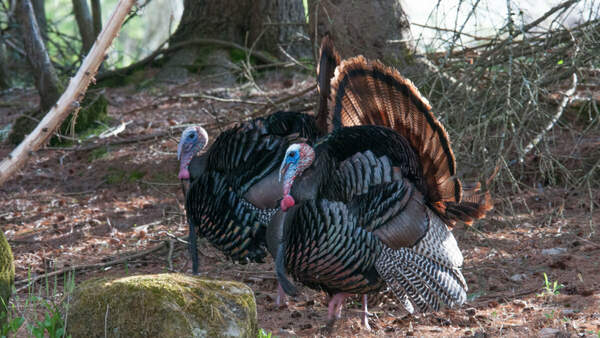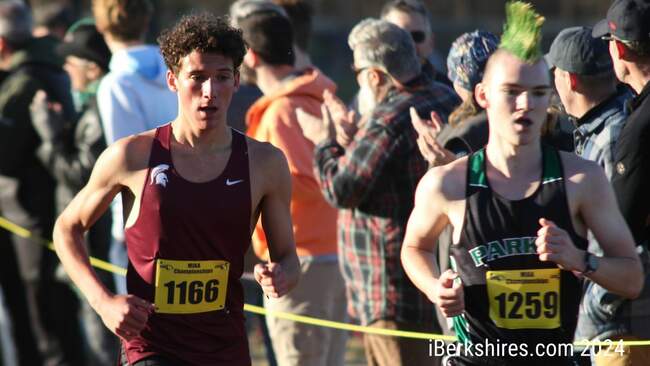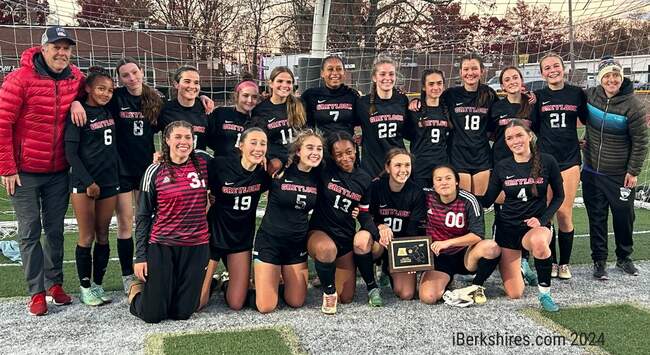SVHC's CEO Named One of Becker's List of '50 Rural Hospital CEOs to Know'
 |
BENNINGTON, Vt. — Southwestern Vermont Health Care's president and chief executive officer Thomas A. Dee was recognized on Becker's Hospital Review's list of "50 Rural Hospital CEOs to Know."
Through an independent review, this list identifies executives who have demonstrated dedication to providing access to high-quality care, participation on rural healthcare committees and boards, regional and national leadership positions, regional or national recognition for their efforts, and excellent organizational performance.
Becker's Hospital Review is a monthly publication offering up-to-date business and legal news and analysis relating to hospitals and health systems. Each issue reaches more than 18,000 hospital leaders. The Becker’s complete list can be viewed online.
Tags: SVMC,















